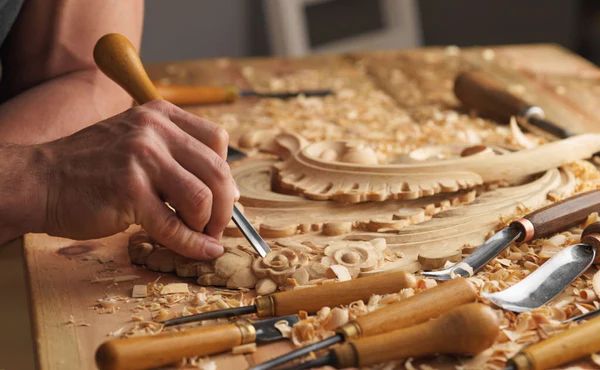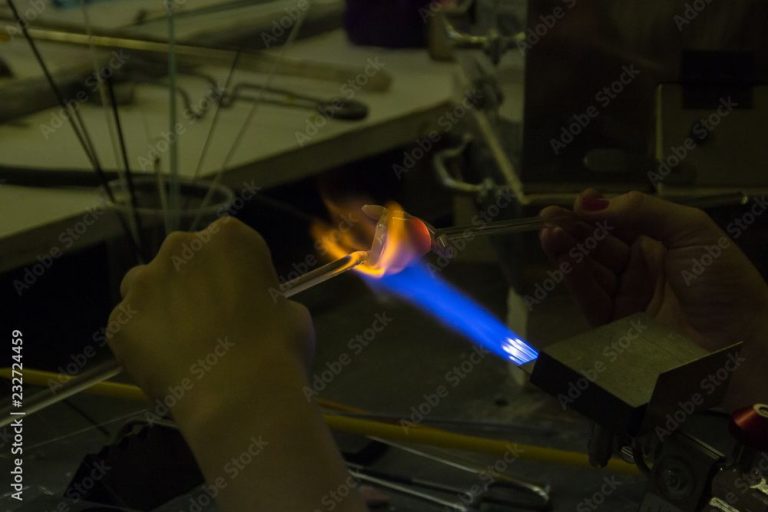What Tools Did Ancient Sculptors Use?
The creation of ancient sculpture required talent and skill from the artists, along with specialized tools to carve the stone and other materials. Ancient civilizations such as Egypt, Greece, and Rome produced incredible stone sculptures that have survived thousands of years. However, this sculpture art could only be achieved through the use of specialized tools and techniques to cut, shape, and refine stone like marble into the desired artistic forms.
Sculptors in ancient times used hammers, chisels, rasps, drills, abrasives, straightedges, calipers, and other hand tools to meticulously carve stone and create the sculptures that still inspire awe today. The process required patience and precision to extract the forms from within the stone. Despite lacking modern power tools, ancient sculptors leveraged ingenious techniques and purpose-built tools to create their enduring masterpieces.
Hammer and Chisel
The hammer and chisel were the primary tools used by ancient sculptors for carving stone. With hammer in one hand and chisel in the other, the sculptor would chip away at the stone to remove material and shape the form. The hammer provided the force while the chisel was the edge that cut into the stone. Chisels came in various sizes and shapes, with different ends for specific purposes such as outlining, roughing out sections or smoothing surfaces.1
Sculptors had great control and could carve intricate details using the hammer and chisel. The fine-grained nature of marble allowed for smooth surfaces to be achieved. In ancient Greek and Roman times, bronze chisels were used which could be sharpened to create very fine edges. With skill and practice, sculptors perfected techniques for working the stone while managing the effects of the hammer blows.2
Rasp
Ancient sculptors used rasps for smoothing and shaping stone. Rasps are files with rows of pointed teeth that abrade the surface when moved back and forth across an object (On The History and Manufacture Of Rasps). They were an important sculpting tool that allowed ancient artisans to carefully shape stone and achieve a smooth finished surface. Rasps made of bronze have been found in ancient Egypt dating back to 1200-1000 BC (On The History and Manufacture Of Rasps). The Compleat Sculptor notes that rasps were likely used by ancient Greek and Roman sculptors as well, helping them create intricate works in marble (Rasps – The Compleat Sculptor). Rasps made of stone have also been discovered from ancient Mesoamerican cultures like the Colima culture of west Mexico dating back to 200 BCE – 200 CE (Rasp | Colima | Pre-Columbian).
Drill
Drills were an important sculpting tool used in ancient times to create holes and grooves in stone. According to the Art of Making at the Victoria and Albert Museum, the standard form of drill in the Roman period was the strap or cord drill [1]. This type of drill consists of a chisel-like bit made of metal set into a shaft connected to a bow. The bow is moved back and forth to rotate the shaft and chisel into the stone. Different shaped bits could be used to create different kinds of holes and grooves.
Egyptian tube drills were another ancient drilling tool. These were made of copper and used an abrasive, usually quartz sand, to grind holes into stone. The abrasive would be poured into the tube and allowed to grind against the stone as the drill was rotated back and forth. This created perfectly circular holes. Tube drills were used to create decorative holes and to hollow out spaces in stone vessels. They allowed ancient sculptors great precision in their work.
Abrasives
Ancient sculptors used various abrasives for grinding and polishing their work. As noted in this article on ancient Egyptian technology, particulate abrasives were commonly used with saws and core drills to shape sculptures and architectural elements. Materials like sand, pumice, and emery served as abrasives that were used to grind and polish stone surfaces to achieve a smooth finish.
According to the Sculpture Wiki, ceramic aluminum oxide was used in high pressure applications as a coated abrasive. Abrasives with high hardness values like emery and corundum were ideal for wear resistance and grinding efficiency on hard stones. These kinds of abrasives enabled ancient sculptors to finely shape even very hard stones like granite.
Straightedge

Straightedges were incredibly important tools used by ancient sculptors to ensure precision and accuracy. According to the Wikipedia article on straight edges, “The straight edge subculture emerged amid the early-1980s hardcore punk scene” (https://en.wikipedia.org/wiki/Straight_edge). Study.com notes that “Within straight edge, rebellious punks were provided with a movement and an ideology that directly opposed the hedonistic decadence of the previous decade” (https://study.com/academy/lesson/straight-edge-movement-culture-history.html). However, in the context of ancient sculpture, a straightedge refers to a rigid tool used for drawing straight lines and verifying flatness. Straightedges enabled sculptors to precisely guide their chisels and other tools, allowing for clean, even cuts in stone. They were essential for achieving the smooth surfaces and geometric perfection found in ancient Greek and Roman statuary. Skillful use of the straightedge was a hallmark of a master sculptor.
Calipers
Calipers were an essential tool used by ancient Greek and Roman sculptors to precisely measure proportions and distances when carving. According to the Wikipedia article on calipers, the earliest known caliper was found in the 6th century BC Greek Giglio shipwreck near the Italian coast. Calipers allowed sculptors to accurately transfer measurements from their models to the stone or wood they were carving. This enabled them to maintain precise proportional relationships in their work.
During the 18th century, calipers continued to be frequently used by sculptors to take measurements and ensure proper fits, as noted in this article on 18th century tools. Calipers gave sculptors the ability to meticulously copy their models and carve forms with mathematical precision. For ancient Greek and Roman sculptors, and those throughout history, calipers were an indispensable tool for achieving harmonic proportions and transferring measurements accurately.
Pointing Machine
A pointing machine is a tool that allows a sculptor to accurately copy measurements from a model to a block of stone. It consists of two adjustable rods mounted on a rigid frame. One rod is fitted with a pointer, while the other has a stylus. The sculptor first takes measurements on the model using calipers. These measurements are then set on the pointing machine using the wing screws. By tracing the stylus over the contours of the model, the pointer reproduces those motions on the stone block.[1]
This allows for incredibly precise transference of measurements from a clay or plaster model to the final stone sculpture. By taking numerous measurements and patiently tracing them on the stone, the sculptor can ensure the marble version matches the original model’s form down to the millimeter. This was a huge advancement from relying solely on sight, simple measuring tools like plumb bobs, and manually etching guide lines.[2] The pointing machine revolutionized precision and opened up new possibilities in stone carving.
[1] https://en.wikipedia.org/wiki/Pointing_machine
[2] https://www.carvingforeveryone.com/pointing-machine-for-stone-carving/
Clamps
Clamps were a critical tool used by ancient sculptors to hold stone securely in place while carving and shaping it. According to one source, “Metal clamps and pins were also employed on statues to piece together different blocks of stone and on sarcophagi to secure lids in place and prevent their removal” (Tool: Metal clamp/pin). Clamps enabled sculptors to apply force on stone without it shifting while they chiseled details and refined shapes. The metal clamps had precisely cut grooves that fit into the stone blocks, holding them firmly together as the sculptor worked. Some ancient cultures used sophisticated clamps made of rust-proof metals that allowed for very precise joining of stone pieces.
Conclusion
In summary, ancient sculptors used several key tools to create their masterful works. The hammer and chisel were essential for carving shapes and details out of stone. Rasps helped smooth and refine surfaces. Drills made holes and carved out spaces. Abrasives like sandpaper polished stone to a gleam. Straightedges and calipers allowed for precision and accuracy. Pointing machines imprinted designs onto stone. Clamps held workpieces firmly in place.
Each of these tools played an indispensable role in ancient sculpting. From the initial blows of hammer and chisel to the final polish with abrasives, these tools enabled artists to manifest their creative visions. The availability and quality of sculpting implements shaped and constrained what could be sculpted. As tools advanced over the centuries, new artistic possibilities opened up. The legacy of ancient sculptors is a testament to both the imagination of artists and the capabilities of their tools.




